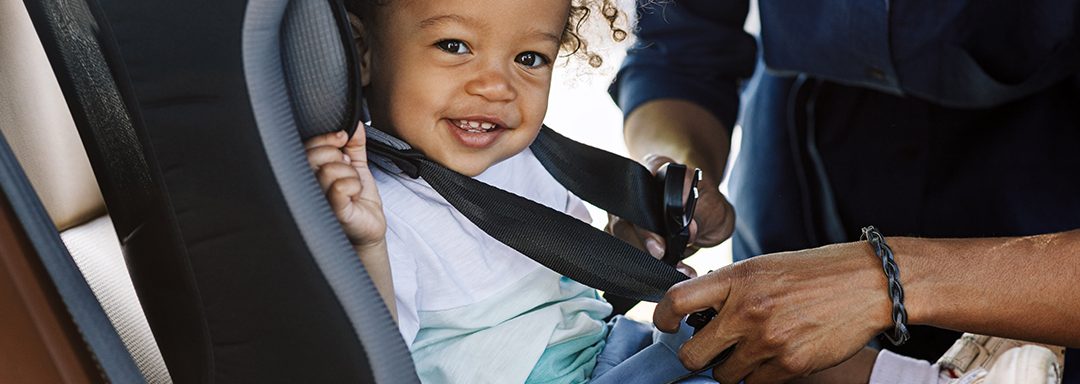Although using seatbelts and child restraints is mandatory in South Africa it is a sad reality that non-compliance still occurs. The consequences of this negligence are severe injuries and, in some cases, even fatalities.
The Automobile Association (AA) believes large reductions in traffic fatalities are possible if everyone in the vehicle is properly buckled up. Research has shown that wearing seatbelts reduces the risk of death in crashes by up to 72%.
According to law: “The driver of a motor vehicle operated on a public road shall ensure that an infant (a person below the age of three years) traveling in such a motor vehicle is seated on an appropriate child restraint: Provided that this provision shall not apply in a case of a minibus, midibus or bus operating for reward. Reg 213 (6A) will be in force as from 30 April 2015.”
Parents traveling with children should set the example and buckle up before leaving. All children in the vehicle must also wear seatbelts or be secured in child restraints. For more information on available child restraints in South Africa, visit https://aa.co.za/child-car-seat-safety-ratings.
The AA offers these tips car seats and safe driving:
Before buying a car or booster seat for your child, check that it is approved by the SABS.
Check that the car or booster seat is appropriate for your child’s age, weight and height. Remember that there is no ‘one-size-fits-all’ child restraint so check it for your child. Height and weight are extremely important as your child must fit properly in the car seat for it to be effective in the event of a collision.
Place the car or booster seat on the back seat of the vehicle. Children under two should be placed in a rear-facing car seat on the front passenger seat, and then moved to a front-facing car seat as they get older.
Check that the car seat is easy to manage for you. Does it fit properly in your vehicle? How easy is it to install? Is it easy to get your child in and out of the car seat?
Check the padding and head protection on the car seat. Child restraints should also have side protection panels and padding.
Once installed, check that the car seat does not move around too much. Too much movement of the child restraint may make it ineffective in a collision.
Make sure that when your child is in the car seat, the straps do not pinch them but are not too loose. Your child should be comfortable, secure and safe.
If your child has outgrown a car or booster seat, make sure they are sitting and properly buckled, even if the journey will be short. On longer journeys make sure your child is occupied and does not disturb you while you are driving.
Remember that drivers who are distracted are extremely dangerous. Children who aren’t secured in the back seat cause the driver to turn around, and even if it is for just a few seconds, this may lead to a serious collision. Children who are buckled up can read or entertain themselves on safe electronic devices.

